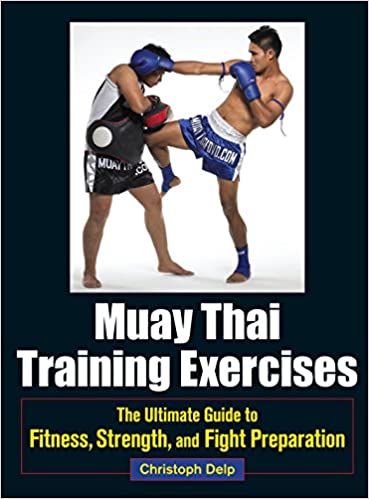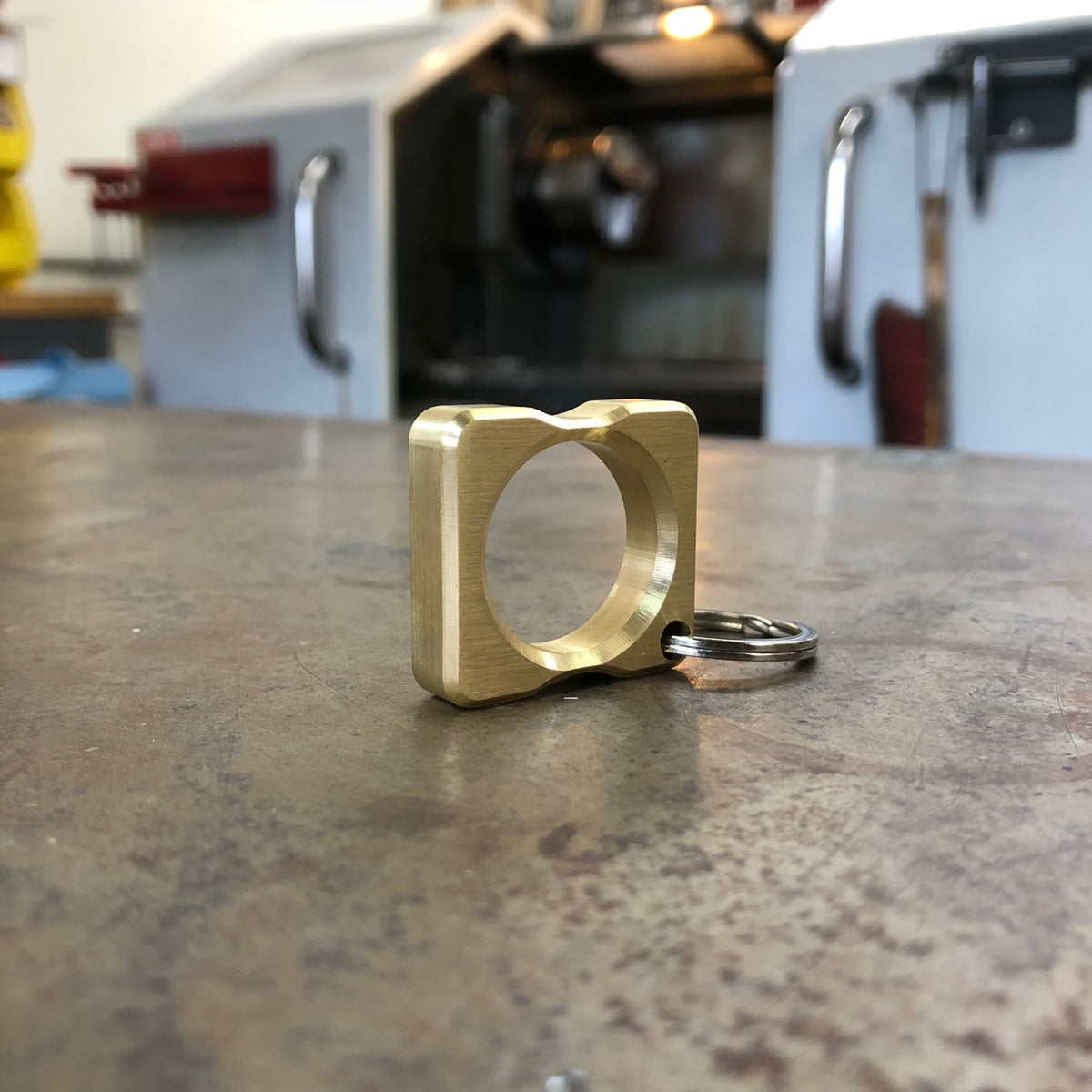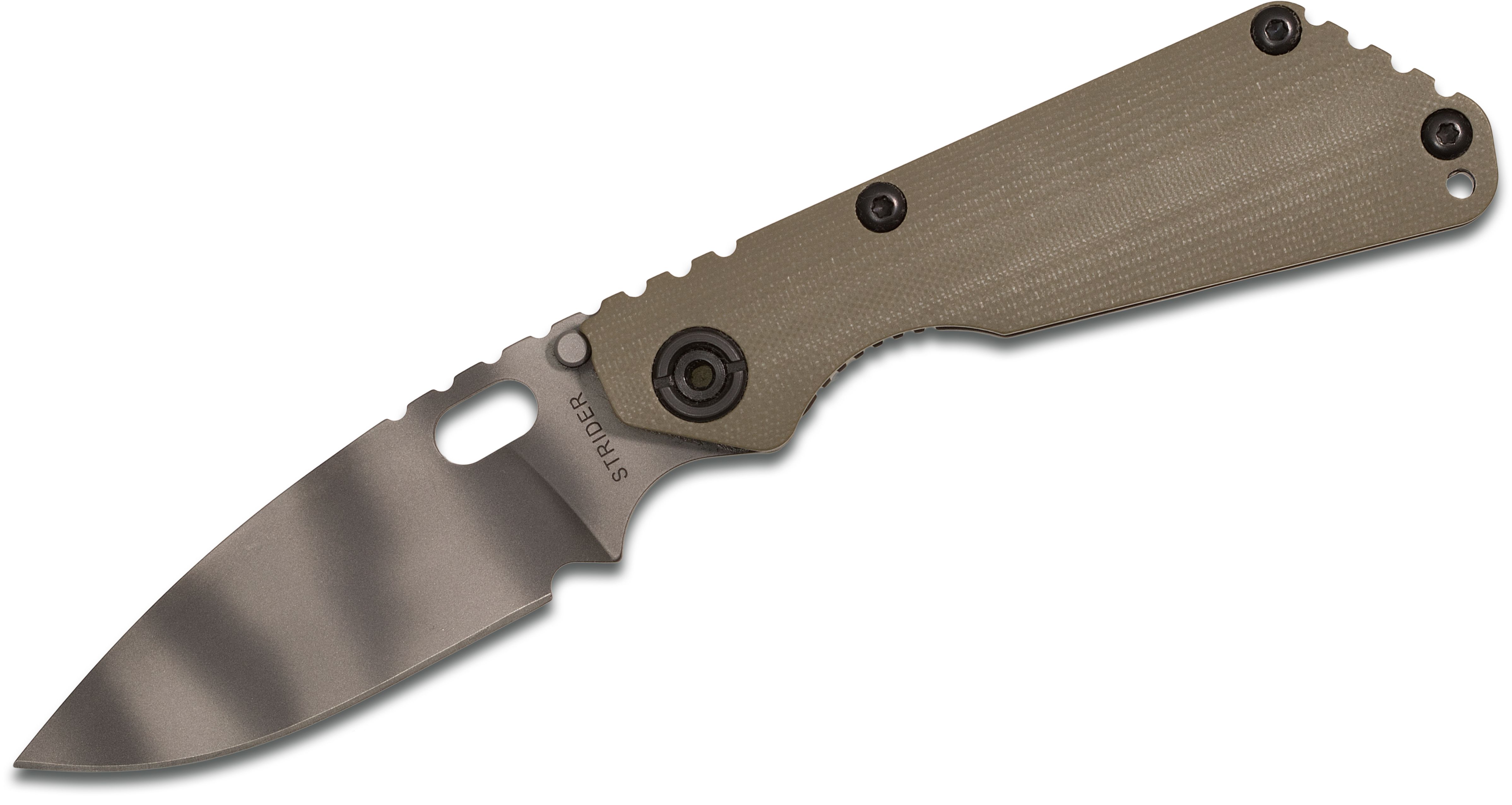
In this article, we'll discuss the Basics of Krav Maga ground fighting and common counterstrike drills. We will also talk about the dangers involved in going to ground during a street fight and how to avoid getting disoriented by your attacker. Let's first review the most commonly used ground fighting drills. If you've never done these drills before, we recommend starting to do them. It will be a great decision that you make.
Basic technique of Krav Maga ground fighting
One of the most important benefits of learning how to fight on the ground is how it builds confidence. Krav Maga training is a great way to develop self-defense skills. A fighter must always be aware of his surroundings and be ready to use his body and head to fight an attacker. He will learn to fight and be able improvise. It is crucial that he learns how to handle the unexpected and self-defense.
If you are pinned down, you can use the basic Krav Maga ground fighting technique to help you defend yourself. The attacker will not be able support himself on his legs or feet, but will eventually fall over and throw out his arms. This technique will allow you to escape. It will also help you defend yourself. As for the techniques that you can learn, the first is the one with a focus on the body's natural defenses. This technique will allow you to fight an attacker with your hands or feet.
Common counterstrike drills
In a ground fight, the main objective is to keep your opponent standing. This can be achieved by using counterstrike drills. These drills combine both defensive and disruption methods. They help a fighter recover from a fight. A common ground fight requires that an opponent start by taking a bad place and force the assailant into focusing on regaining control and position.

Practise attacking vulnerable points on your opponent's bodies. For example, the attacker can attempt to trap your hands, turn your body diagonally upwards, or roll you to the side. A good counterstrike drill involves defending yourself while your opponent is on top of you, and counterattacking with your legs, shins, and knees. You will be more prepared the next time you are attacked by an attacker if you have developed your counterstrike drills.
Street fights: The dangers
A street fight can present many dangers. An attacker will make it harder for you to get up after them. Assailants may not be able to stop you and will wait until you get up to strike back. It can be hard to get up. The attacker may also make it difficult for you to stand up again.
The surface is one of the main reasons you should avoid the ground. Concrete is more powerful than asphalt, but asphalt can cause serious injury to the flesh. Even a veteran fighter knows the dangers of getting to the ground. It is not surprising that street fighters rely on bouncers and cops to assist them. Professional criminals, as well as professional criminals, have used martial arts in the history to keep themselves safe from being knocked off their feet.
Techniques to avoid being confused by an attacker
When you're facing an attacker, you should know the best ways to remain disoriented. The best way to do that is to keep yourself centered on the floor. Your chin should rest on your chest. Your arms should cover your neck. Your legs should be positioned close together, with your non-dominant foot placed next to your butt. To turn the body, place the other leg behind your head. Place your foot on the ground.

If you're being attacked with a stomp kick, you can throw him off-balance by blocking it. When you do block a kick, drive the heel of your other foot into the attacker's knee or shin. Your attacker will be searching for an opening to attack. Ultimately, your goal is to drive the attacker's hips backward.
FAQ
How To Lose Belly Fat Fast
There are many fast ways to lose belly fat. One way is to eat less food and drink plenty of water.
Another way is to increase your metabolism by participating in activities such as running and swimming.
You should avoid sitting for too long if you want to quickly lose belly fat. Instead, stand up throughout the day. This will allow you to burn more calories.
You don't have to give up on trying all of the above methods if you still struggle with your belly fat.
This involves using a device called a belt. When you sit down, the belt tightens around your waist.
As a result, you will feel uncomfortable and move around. This causes you to burn more calories, and your belly fat will decrease.
What is butter good for?
Butter is one of the best sources of saturated fats. This type of fat contributes to healthy skin, hair, and stronger bones.
Butter also contains vitaminK, which prevents bleeding after cuts and bruises. Vitamin K and vitamin C work together to prevent bruising.
Butter is rich in minerals such as calcium, potassium, and phosphorous. These minerals promote stronger bones, teeth, and teeth.
However, butter has some drawbacks. Butter contains high levels of cholesterol. Research has shown that high levels of cholesterol could increase your chances of developing cardiovascular disease.
Butter is also high-fat, which can contribute to obesity and increase cholesterol.
However, if you must have butter, try spreading it on bread rather than dipping it into soup or salad. Bread absorbs oil more than pasta or potatoes.
Is weightlifting more effective at burning fat?
Weight lifting is a great way to burn fat faster but you need to do it together with cardio exercise.
To maximize the benefits of weightlifting, you need to perform it after cardio workouts.
If done correctly, weightlifting can increase your heart rate and oxygen intake which in turn helps you lose weight.
You will not notice any changes in your body composition if you don’t combine it and cardio.
Do I have to exercise every single day?
No! At least 30 minutes moderate-intensity exercise five days per week is a good goal. That means walking fast enough to be slightly out of breath or biking hard enough to sweat.
Statistics
- Candidates and applicants must pass all four tests at 70% (minimum level) to graduate from Basic Deputy U.S. Marshal (BDUSM) Training. (usmarshals.gov)
- Get free shipping and 25% off today. (healthline.com)
- 10 pounds in a month is likely during a lean bulking phase, especially for beginners. (muscleandstrength.com)
- Cardmembers earn 5% Back at Amazon.com with a Prime Credit Card. (amazon.com)
- According to the American Academy of Dermatology (AAD), men over 50 are at a heightened risk of developing it. (healthline.com)
External Links
How To
How do I lose weight while working out?
Exercise burns calories through increased metabolism and oxygen consumption.
Exercise at a moderate intensity to safely lose weight.
These are the top tips for burning fat while you exercise.
-
Cardio exercises can include running, walking, swimming or cycling.
-
Exercise for 30 minutes three times per week.
-
You can add strength training into your exercise routine if you're looking to lose even more weight.
-
Avoid intense workouts. It is possible to build muscle without destroying muscle tissue.
-
When exercising, make sure to drink lots of water. Water flushes out toxins and helps keep the body hydrated.
-
After working out, make sure to drink low-fat proteins shakes. Protein shakes repair muscles and increase energy.
-
Smaller meals are better for you.
-
Don't skip breakfast! You can feel tired and slow if you skip breakfast.
-
Mental health is important. Stressful situations can slow metabolism.
-
Keep a positive attitude. Studies show that people who believe they're overweight gain more weight than those who think they look pleasing.
-
Get enough sleep. Lack of sleep makes it harder to burn fat.
-
Stay active. Keep moving every hour.
-
Maintain a healthy diet. A healthy diet will help you feel fuller for longer.
-
Find relaxation techniques. Relaxing doesn't mean your body releases stress hormones which cause muscle tissue to be destroyed.
A balanced diet contains all necessary nutrients for growth and development.
You should eat six small meals per day rather than three large ones. This gives your body more time to digest the food you eat.
To maintain strong bones, you need to consume 500 mg of calcium each day. Calcium is found in dairy products like yogurt, fortified milk beverages, orange juices, cereals and bread.
Calcium can be found in leafy green veggies, beans, tofu and nuts as well as seeds, nuts and cheese.
Vitamin D is required by the body to absorb calcium. It's found in fatty fish, egg yolk, and some fortified foods.
Vitamin E is essential for skin health. Vitamin E can be found in vegetable oils as well as wheat germ oil, peanuts and almonds.
Your body needs zinc to maintain normal immune function and heal wounds. Zinc is found in oysters, legumes, meats, whole grains, and seafood.
Zinc deficiency can cause fatigue, loss of appetite, depression, and impaired immunity.
Too much sugar leads to insulin resistance. This results in higher blood glucose levels. Insulin resistance causes weight gain.
When there is a high level of free radicals, insulin resistance can develop. Free radicals can be molecules with unpaired electrons that cause damage to cell membranes.
The most common sources of free radicals include food additives.
Free radical damage may lead to cancer, heart disease diabetes, arthritis, asthma and other conditions.
A well-balanced diet rich in antioxidants is the best way for you to avoid free radical damage. Antioxidants protect against oxidative damage.
Antioxidant vitamins include Vitamin C (found in citrus fruits), beta carotene (found in carrots, sweet potatoes, spinach, broccoli, cantaloupe, apricots, squash, mangoes, peaches, peppers, tomatoes, cabbage, cauliflower, kale, Brussels sprouts, collard greens, watermelon, and strawberries), and Vitamin E (found in nuts, olive oil, avocados, and eggs).
Selenium, copper as well as manganese and zinc are some other antioxidant nutrients.
Selenium helps protect cells from oxidative damage caused by free radicals. Selenium can also be found in Brazil nuts (tuna), liver, kidneys and shrimp.
Copper protects your eyes, brain, eyes and red blood cell. Copper is found in shellfish, poultry, meat, and organ meats.
Manganese is essential for bone structure. Manganese is found as a component of bone structure in brown rice (spinach, bananas), prunes, raisins and oatmeal.
Zinc is essential for normal growth, reproduction, wound healing, and average growth. Zn is present in lean cuts of meat and white fish, as well as eggs.